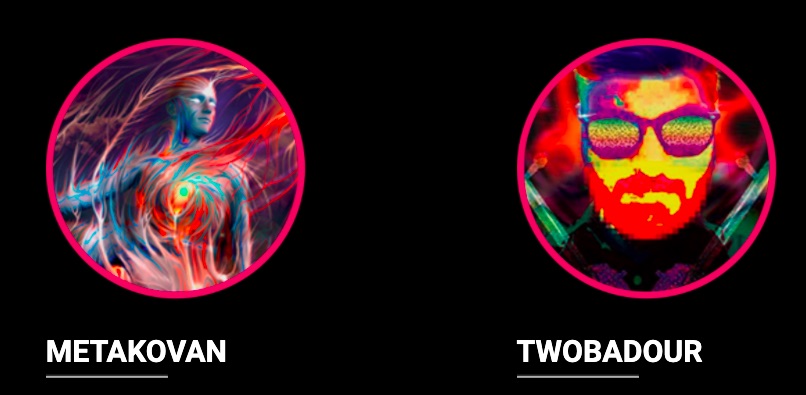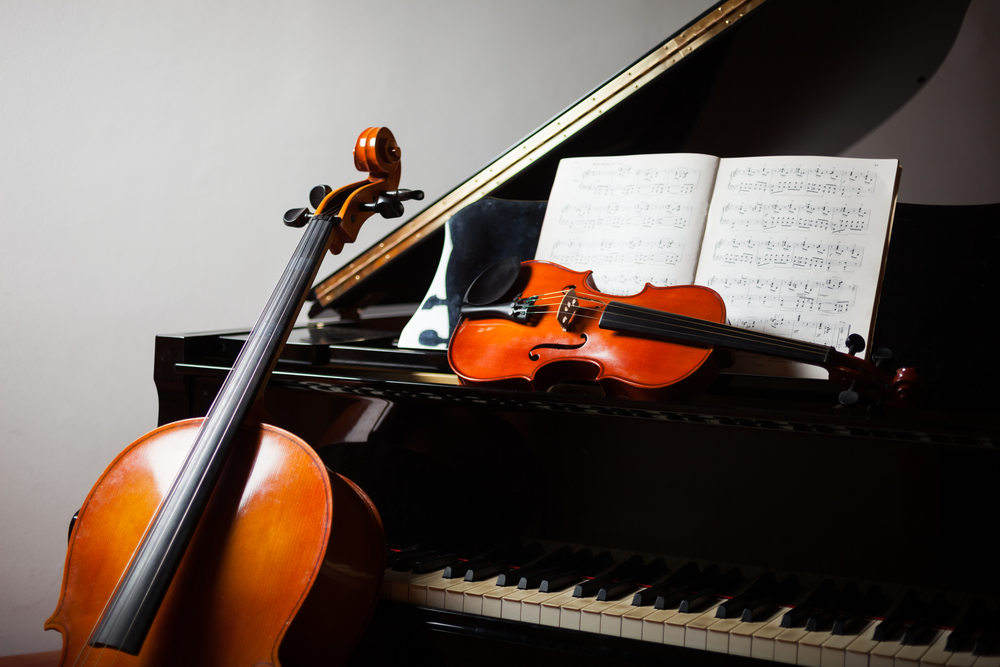Metapurse became famous for buying Beeple’s “Everydays” then dived into classical music, creating a choral piece based on the disappearance of Amelia Earhart.
Dallas-based Verdigris Ensemble created a multimedia choral work titled Betty’s Notebook. Metapurse, the world’s largest non-fungible token fund, purchased it for $2,15,989 (56.56 ETH).

“Betty’s Notebook” has essentially given birth to crypto music, offering users a new, innovative, and unique way to experience music, according to Chennai-based Anand Venkateswaran AKA Twobadour, steward of Metapurse.
“It breaks two stereotypes in 21 minutes [of ‘Betty’s Notebook’]. It proves crypto is not a space for EDM music alone, and that this is a viable and healthy way to make and engage with classical music. Adding the master and 3/4 stems to the Metapurse collection is a true honour, and in our eyes, a natural step in our pursuit to collect the most culturally significant NFTs of our time,”
Twobadour
Artist and curator Sam Brukhman leveraged innovative technology to sell his work on the blockchain, thus reaching a considerably wider and novel audience.
Stems (or individual programmable components) act similarly to Layer NFTs: they can alter how the current master track looks and sounds; in this case, Betty’s Notebook. Many fans choose which ‘variant’ of their stem is active on the master track.
Some artists, including The Weeknd, Pink Floyd and DaBaby, have explored programmable stem NFTs, while Eminem, Keyon Christ, Doja Cat and others have also undertaken NFT music ventures.

What is Betty up to?
Betty Klenck drew sketches of 1960s beauty models in her notebook alongside the distress signals and final words she thought she heard from Amelia Earhart in 1937. Her papers have been the subject of much debate over the years. Although Earhart’s plane and body were never recovered, Klenck insisted that her story was true throughout her life, leading to her being incorporated into a production in February 2019. The work, “Betty’s Notebook,” premiered in a Dallas venue in February 2019.
The project consists of four stems, each sold separately as separate source material (MP3 files). One of these stems is called ‘The Choir’ and features the 16-person Verdigris Ensemble singing Amelia Earhart’s voice.
There’s also a late-life interview with Klenck, who reminisces about the music she was listening to that night. Also composed by Reeves is Betty’s Radio, a piece of jazz music Klenck may have heard that July evening. Verdigris also uses Betty’s voice to create a choral complement for the piece. Her voice is analysed spectrally and pitches and overtones are inserted into the overall texture.
In terms of physical set up, ‘Betty’s Notebook’ is physically set up on a vintage wood radio console from the 1930s that was repurposed to feature an LCD screen that shows digital artwork and plays the newest version of the four-stems combined. Emmy Award-winning iconoclast Bryan Brinkman created the accompanying digital art, also inspired by Klenck’s drawings of vintage pinups and airplanes. It has been confirmed that Metapurse is lending the physical piece of the installation to museums interested in displaying the polychronic sound piece.
Metapurse has expressed interest in investing in a variety of genres, according to Twobadour.
“Percussive styles; programmable music opens up innumerable permutations and one can only imagine what different percussive stems can do for vocals in a specific metre. Jazz comes to mind, also rural South Indian music!”

